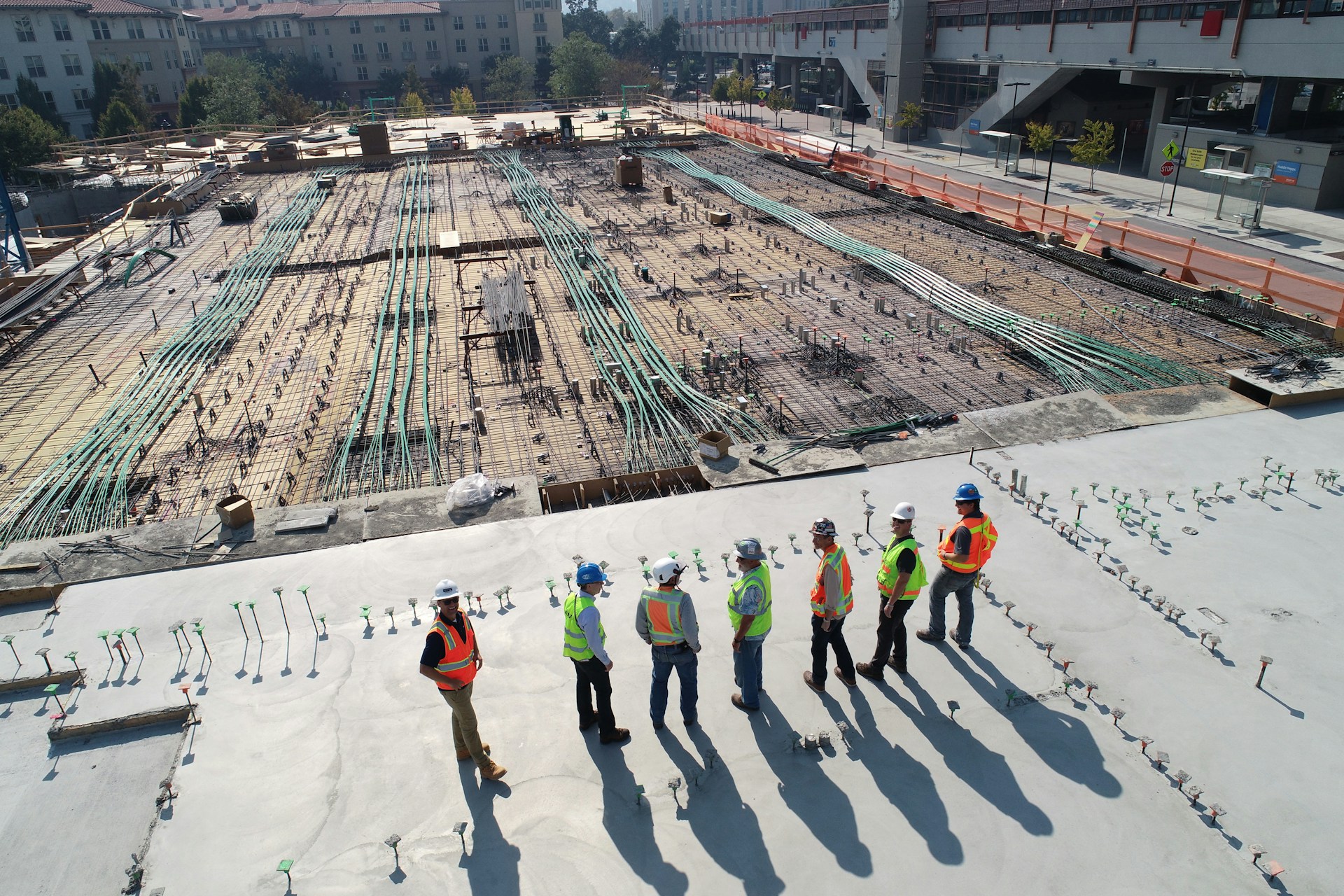How to Manage the Construction of UK Real Estate Projects During Material Shortages?

The construction industry is a cornerstone of the UK economy, contributing billions of pounds each year and providing countless jobs. However, material shortages have recently posed significant challenges to builders and contractors, impacting their ability to deliver housing projects on time and within budget. This article aims to provide practical management strategies for navigating this complex issue.
Understanding the Problem
Before we can devise solutions, it’s crucial to understand the nature of the problem. Material shortages in the construction industry aren’t new. From time to time, the supply of certain construction materials may dwindle, causing a ripple effect across different projects. However, recent shortages have been particularly widespread and severe. Whether it’s timber, steel, or concrete, many key materials are becoming harder to come by and more expensive.
Lire également : What is the Role of UK Real Estate in Rural Regeneration and Development?
The reasons behind these shortages are complex, with factors such as international trade tensions, environmental regulations, and logistical issues all playing a part. For builders, the impact is clear: your projects may take longer, cost more, and require more planning and coordination than before. But these challenges aren’t insurmountable. By adopting a forward-thinking and proactive approach, you can mitigate these issues and keep your projects on track.
Effective Project Management as a Solution
Effective project management is key to navigating material shortages in the construction industry. This entails careful planning, consistent monitoring, and flexible problem-solving.
A voir aussi : What Are the Challenges and Benefits of Implementing Smart Grids in UK Real Estate?
It begins with the planning stage. Here, you will need to conduct thorough research on the availability and cost of materials needed for your project. Don’t just rely on your usual suppliers; look at alternative options as well.
Moreover, consider using project management software. These tools help you to monitor the progress of your work, manage your resources efficiently, and stay on top of any changes that might affect your schedule or budget.
Remember, flexibility is also significant. When facing a material shortage, you may need to adjust your plans, switch to alternative materials, or temporarily pause certain aspects of your project. It might be challenging, but it’s a necessary step to ensure the successful completion of your housing projects.
Optimizing Your Supply Chain
In this period of material shortages, optimizing your supply chain is more important than ever. By developing strong relationships with your suppliers, you can secure better deals, gain access to scarce resources, and receive more accurate forecasts about potential future shortages.
Firstly, diversify your supplier base, don’t rely on a single supplier for all your needs. This will help you minimize the risk of supply disruptions and give you more options when shortages occur.
Secondly, communicate regularly with your suppliers. This can be as simple as touching base with them about your current needs and future projects. You should also keep them informed about any changes in your plans that might affect your demand for their products.
Finally, consider long-term contracts. While these may lock you into higher prices in the short term, they can provide security and predictability in an uncertain market.
Incorporating Sustainable Building Practices
Sustainability is increasingly important in the construction industry. Not only does it help protect the environment, but it can also offer a solution to material shortages. By incorporating sustainable building practices into your projects, you can reduce your reliance on scarce resources and create homes that are more efficient and cost-effective.
This could involve using reclaimed or recycled materials, which are often cheaper and more readily available than new ones. You might also consider incorporating renewable energy sources, such as solar panels, into your designs. This not only reduces the environmental impact of your projects but can also save money in the long run.
Another approach is to use more efficient building techniques. For instance, prefabricated construction, where parts of a building are made off-site, can reduce waste and speed up construction times. While it may require an upfront investment, it can lead to significant savings in the long run.
Investing in Your Workforce
Your workforce is another critical factor in managing material shortages. Skilled workers are able to work more efficiently, make better use of materials, and adapt to changing circumstances more quickly.
Investing in training for your employees can help them develop the skills they need to handle material shortages effectively. This could include training on how to use alternative materials, how to work more efficiently, or how to use new construction techniques.
In addition, fostering a positive work culture can help keep morale high, even in challenging times. This includes recognising the hard work of your team, providing opportunities for professional development, and creating a safe and supportive work environment.
In the face of material shortages, it can be easy to focus solely on the bottom line. However, investing in your workforce is a long-term strategy that can pay dividends in the form of increased productivity, lower turnover, and ultimately, more successful projects.
Navigating Challenges With Construction Software
In an era of material shortages, construction software is emerging as an essential tool for managing real estate projects. These advanced solutions can revolutionize the way construction companies deal with the lack of specific resources.
Construction management software can streamline the process of project management, making it easier to plan, track, and manage every aspect of a construction project from start to finish. It enables construction companies to maintain accurate records, track costs, and ensure that all aspects of the project are progressing according to plan.
In addition, construction estimating software is an invaluable tool for accurately predicting construction costs. It allows you to anticipate the amount of material required and adjust your plans accordingly. It can also warn you in advance if your costs are likely to exceed your budget, giving you the opportunity to make changes before it’s too late.
Moreover, some construction software solutions offer features like real-time inventory tracking and alerts for low stock levels. This means you can stay ahead of potential shortages and take action before they impact your project.
Finally, the use of construction software can improve cash flow by providing accurate, up-to-date information on costs and revenues. This can help you make informed decisions about where to allocate resources and when to schedule payments to suppliers.
In conclusion, investing in construction software is a forward-thinking approach that can help you overcome the challenges posed by material shortages. It can streamline your operations, improve efficiency, and ultimately, help you deliver your projects on time and within budget.
Conclusion: The Way Forward
Today, the construction industry is facing significant challenges due to material shortages. But this doesn’t mean that there’s no way forward. On the contrary, by adopting a proactive approach and making strategic decisions, construction companies can navigate these challenges successfully.
The strategies outlined in this article – effective project management, supply chain optimization, incorporating sustainable practices, investing in your workforce, and leveraging construction software – can help you mitigate the impact of material shortages and ensure that your projects continue to run smoothly.
The key is to stay adaptable and be ready to adjust your plans and methods as needed. Whether you are dealing with timber frames or steel structures, it’s important to be creative, flexible, and always on the lookout for alternative solutions.
Moreover, it’s critical that we view these challenges as opportunities to innovate and improve. Material shortages may force us to rethink our practices, but they also push us to find more sustainable, efficient, and cost-effective ways to build.
Remember, the construction industry is always evolving. With careful planning, forward-thinking strategies, and the right tools, you can not only survive these challenges but emerge stronger and more resilient. In the end, it’s not just about managing construction projects during material shortages; it’s about shaping the future of the construction industry and the real estate market in the UK.
